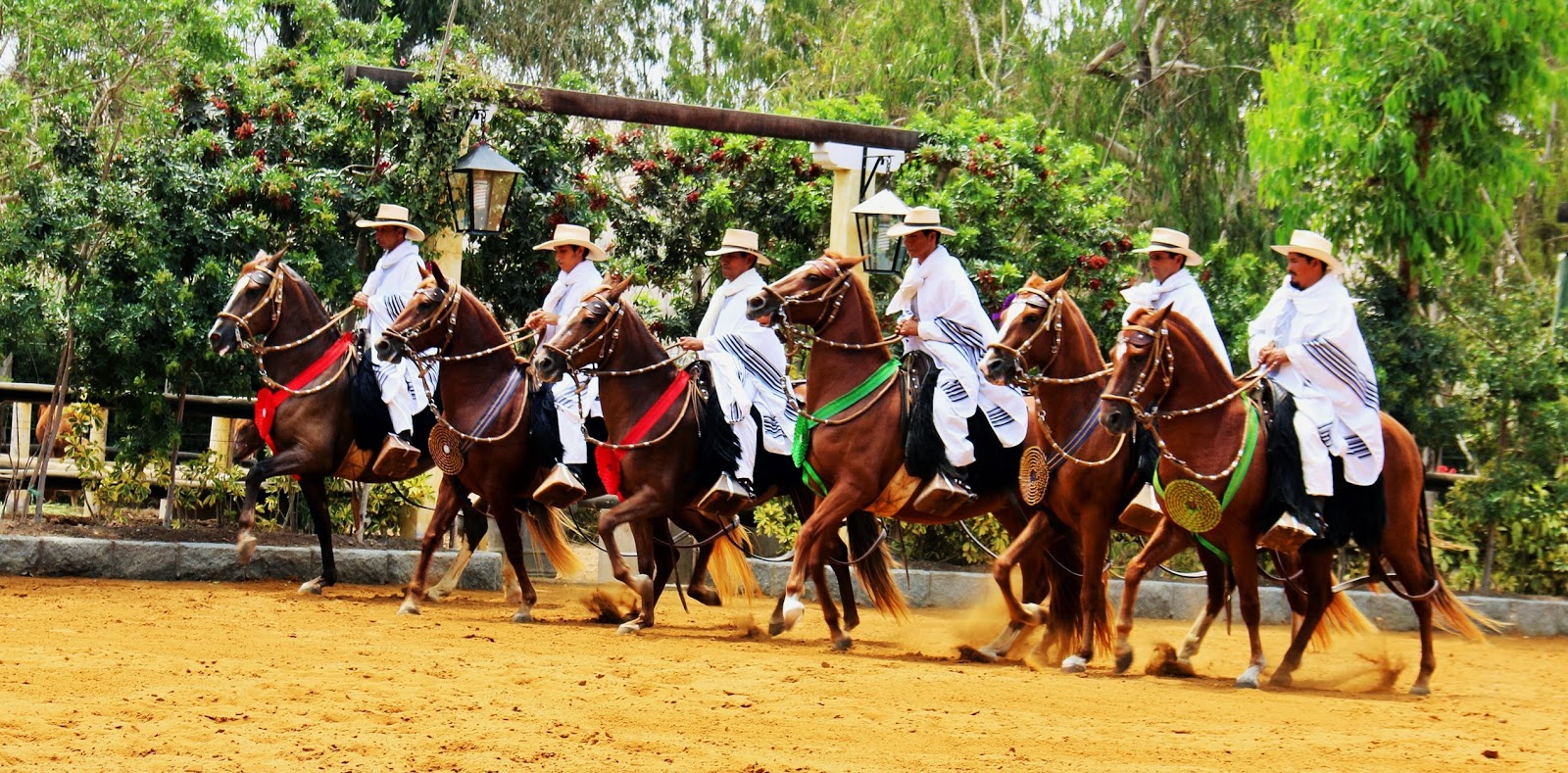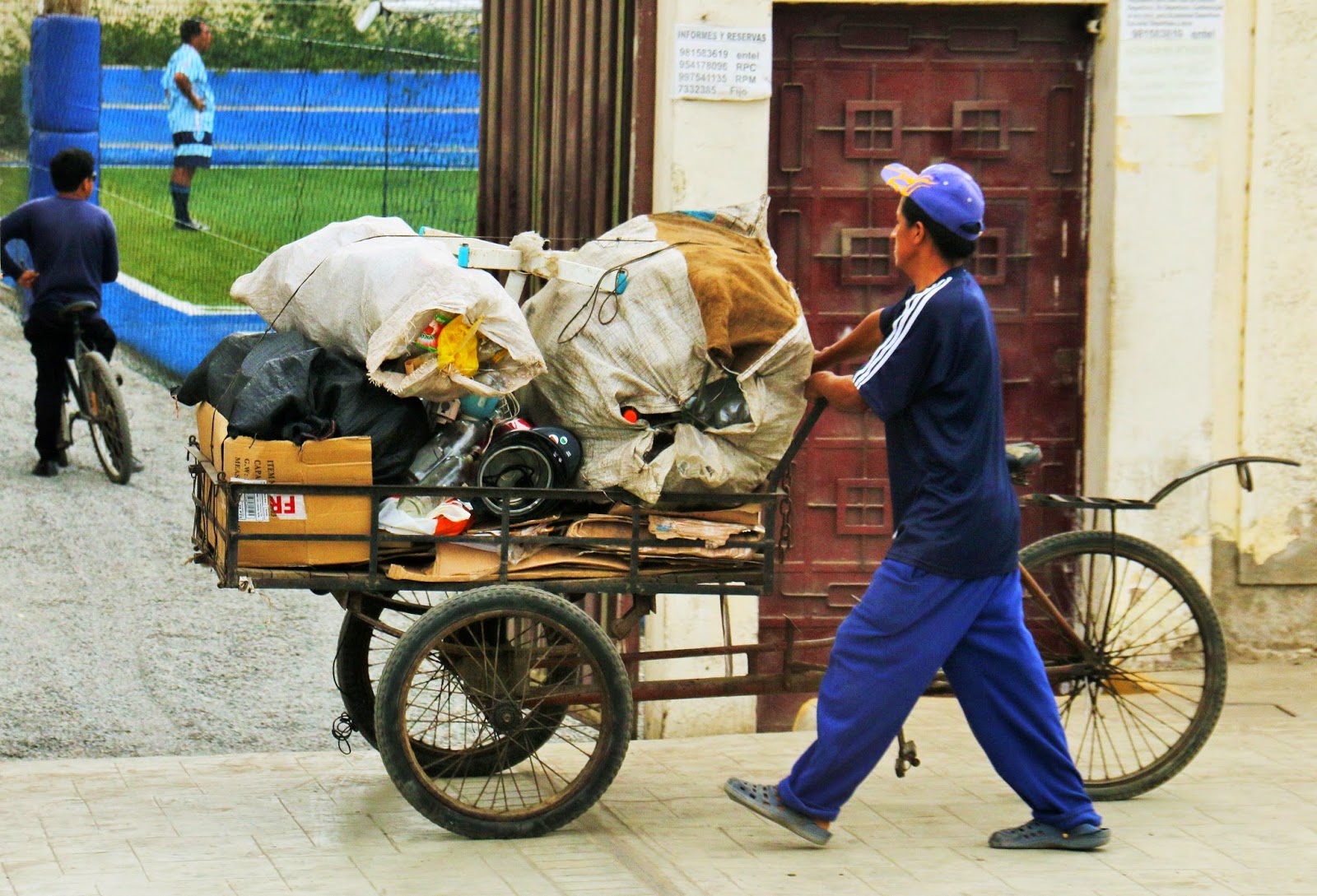Three more days at sea, March 21-23. We were up to our usual, except I started
playing cribbage in the mornings. I
finally won a couple of games. I still
don’t count well.
.JPG) |
| We've started seeing a lot of dolphin pods. |
.JPG) |
| We've even seen a few turtles. |
.JPG) |
| Sunset around here is awesome. |
.JPG) |
| And night isn't half bad. |
As we set sail for Central America, a few thoughts have
crossed my mind. There seem to be a
number of things in common in South American countries and cities. There always seems to be a main square
called Plaza de Armas where in days past, the guns were all gathered in the
evening.
There almost always seems to be a statue of General San
Martin … and a road, street or city named San Martin as he liberated many of
these countries. Many of the statues
look alike as though made in a single factory and just set differently along
the main areas. Could that be true?
And there are a lot of colorful buildings. One theory at one location was the colors were
due to the long evenings, and this was a way to make the surroundings more colorful
and the area not so depressing.
Okay. I can go with that.
Land ho, Puntarenas, Costa Rica, on Tuesday, March 24. Yay.
Costa Rica is lovely and we enjoyed it when we were here last time. We weren’t going to be able to meet our friend,
Monty, as he’s a long ways away and we were getting back in the afternoon. Another time.
This place has no army; it was abolished in 1949, and environmental
and human rights issues are important to them.
It’s known as the Switzerland of South America. They say it’s the greenest country in the
world and they expect to be carbon neutral by 2021. They are also proud to have more teachers
than policemen in their country. And interesting to an Alaskan, hunting is prohibited.
The flag is three colors – red for the sacrifice by the
people, white for joy and happiness and blue for the sky and free thinking. Bananas and coffee are the main exports and
Puntarenas is one of two main ports, with the other being Puerto Limon on the
other side of the country.
.JPG) |
| As we disembarked to go on our excursion we could see what they were loading. We had signed up to go to the Crab Shack in a couple of days. Yahoo!! |
While there is much to see here, we were doing a zip line,
and were on our way. It was another long
ride, but this time it was a much smaller bus with only 12 of us. That’s one way to cut down on the size, do something
a bit more adventurous.
.JPG) |
| A white-collared monkey was elusive. |
.JPG) |
| And under where the monkeys were was a sign. |
We drove up into mountainous country, and it seems rather
dry, but that’s due to this being some of the driest time of the year. We’d talked our new friend, Dorenda, into
going with us. She was a bit
apprehensive, but way into doing new things.
We wouldn’t steer her wrong.
.JPG) |
| Our tour guide had a cashew plant to show us. The cashew is at the top. They contain cyanide and are poisonous until roasted. |
This was a canopy zipline, and would take us to Mahogany
Park, the location of some of Costa Rica’s last remaining mahogany trees. There would be nine zips and we were hoping
to see some wildlife.
We arrived and or guides got us all geared up and took
photos before our safety briefing. Then
it was on to the first zip.
.JPG) |
| We were ready. |
The great thing about this excursion was that the ship
captain and his family were with us so we knew the ship wouldn’t leave without
us and he wouldn’t be tapping his foot and consulting his watch if we ran
late. Hooray!!!
.JPG) |
| Jaz with near perfect form on the zip coming in for a landing. |
.JPG) |
| Some vegetation is green although a lot was dry. |
.JPG) |
| Dorenda didn't quite make it to the next platform and to do a little hand-over-hand. |
.JPG) |
| This ladder/walkway led us to the next zip line. |
.JPG) |
| The Tarcoles River, off in the distance, is the one we took a boat ride on last year. |
.JPG) |
| Although it's the dry season, there are still some beautiful flowers. |
.JPG) |
| Dorenda and one of our guides. |
.JPG) |
| I'm zipping on to the next platform, |
.JPG) |
| An iguana rested in a tree near one of the platforms. His tail is longer than his body. |
.JPG) |
| Hooked up and zipping along. |
.JPG) |
| There were alligators nearby ... we saw these after we were done zip lining. |
After we got back to the ship after a great time of zipping from tree-to-tree, we wandered around the port area and town a bit. It was a nice way to relax a bit before reboarding our ship and heading to our next port.
.JPG) |
| There were little transport trains to take people to and from the end of the pier. Dorenda and Greg and Jaz and me walked. It was pleasant and not too hot. |
.JPG) |
| There were some guys doing sand sculptures. What talent. |
.JPG) |
| There was a little shrine near the entrance to the port. |
.JPG) |
| We saw this beautiful church and went inside. It was simple but so very nice. |
.JPG) |
| Dorenda, Greg and I stopped for something to drink. Hobbs, this one is for you. I'm not sure what it is, but it looks kind of like some weird deer. ??? |
So, do you want a few more bits of interesting information
about Costa Rica? It’s about the size of
West Virginia, they bury people above the ground because of the water table and
it’s the same distance from Costa Rica to either Tierra del Fuego or Alaska. Nearly all of their water is potable, one of
the few countries that can lay claim to such a thing. There aren’t many insects because of the bats
as there are a number of species of them and they can eat up to 30 insects an
hour. There are 150 species of birds,
160 different mammals and 142 different kinds of snakes, of which 22 kinds can
kill you. And the orchid is the national
flower. Ninety percent of their
electricity is generated by hydro power, six percent is wind, one percent solar
and three percent is geo-thermal. So
there you have it.
And then we were back and heading to Nicaragua. Who would have ever thought I'd go there? Not me, that's for sure.
.JPG)
.JPG)
.JPG)
.JPG)
.JPG)
.JPG)
.JPG)
.JPG)
.JPG)
.JPG)
.JPG)
.JPG)
.JPG)
.JPG)
.JPG)
.JPG)
.JPG)
.JPG)
.JPG)
.JPG)
.JPG)
.JPG)
.JPG)
.JPG)
.JPG)
.JPG)
.JPG)
.JPG)
.JPG)
.JPG)
.JPG)
.JPG)
.JPG)
.JPG)
.JPG)
.JPG)
.JPG)
.JPG)
.JPG)
.JPG)
.JPG)
.JPG)
.JPG)
.JPG)
.JPG)
.JPG)
.JPG)
.JPG)
.JPG)
.JPG)
.JPG)
.JPG)
.JPG)
.JPG)
.JPG)
.JPG)
.JPG)
.JPG)
.JPG)
.JPG)
.JPG)
.JPG)
.JPG)
.JPG)
.JPG)
.JPG)
.JPG)
.JPG)
.JPG)
.JPG)
.JPG)